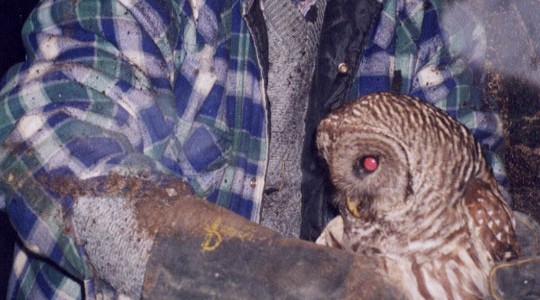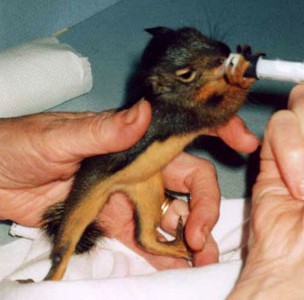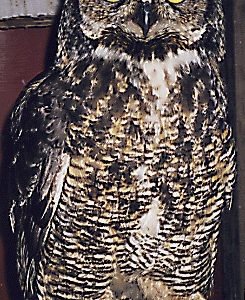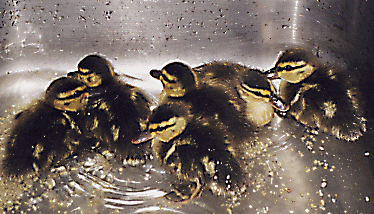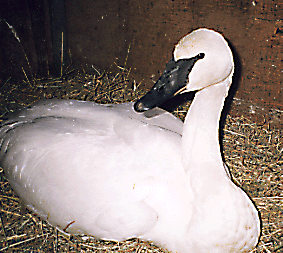Every year we receive calls to help rescue birds trapped in chimneys. One “rescue” however stands out from the others.
We were called to rescue a Barred Owl that had fallen down a chimney and landed on the damper. The fireplace was huge. When Clint walked into it (the fire was not lit!), he could see the owl sitting on the damper looking down at him. By stretching up, Clint could touch the owl but each time he did, it flapped, moved along the damper and clouds of soot landed on top of Clint! Eventually, with Clint becoming blacker by the minute, he managed to grab the owl behind the legs and carefully bring him down the chimney.
Thankfully the owl was none the worse for his two night’s stay in the chimney and we were able to release him. Clint, on the other hand, had soot in his hair, down the back of his neck, and all over his clothes. He could not get home quick enough to have a shower.

